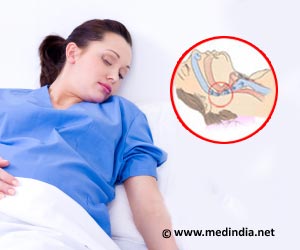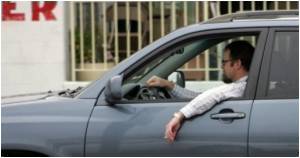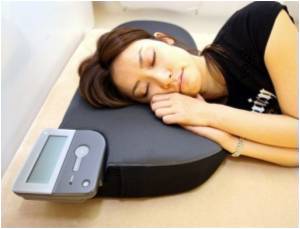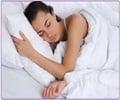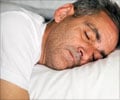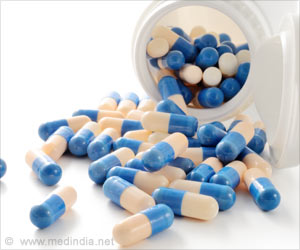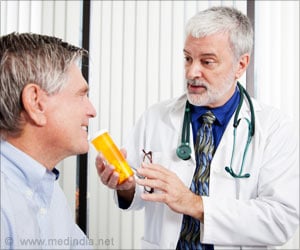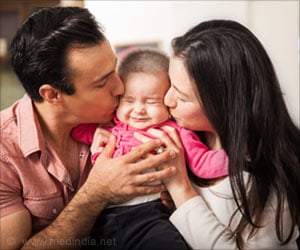The insurance claim for patients with sleep apnea has been increased by 911 percent between 2014 and 2017.The claim in urban areas was increased by 839 percent.
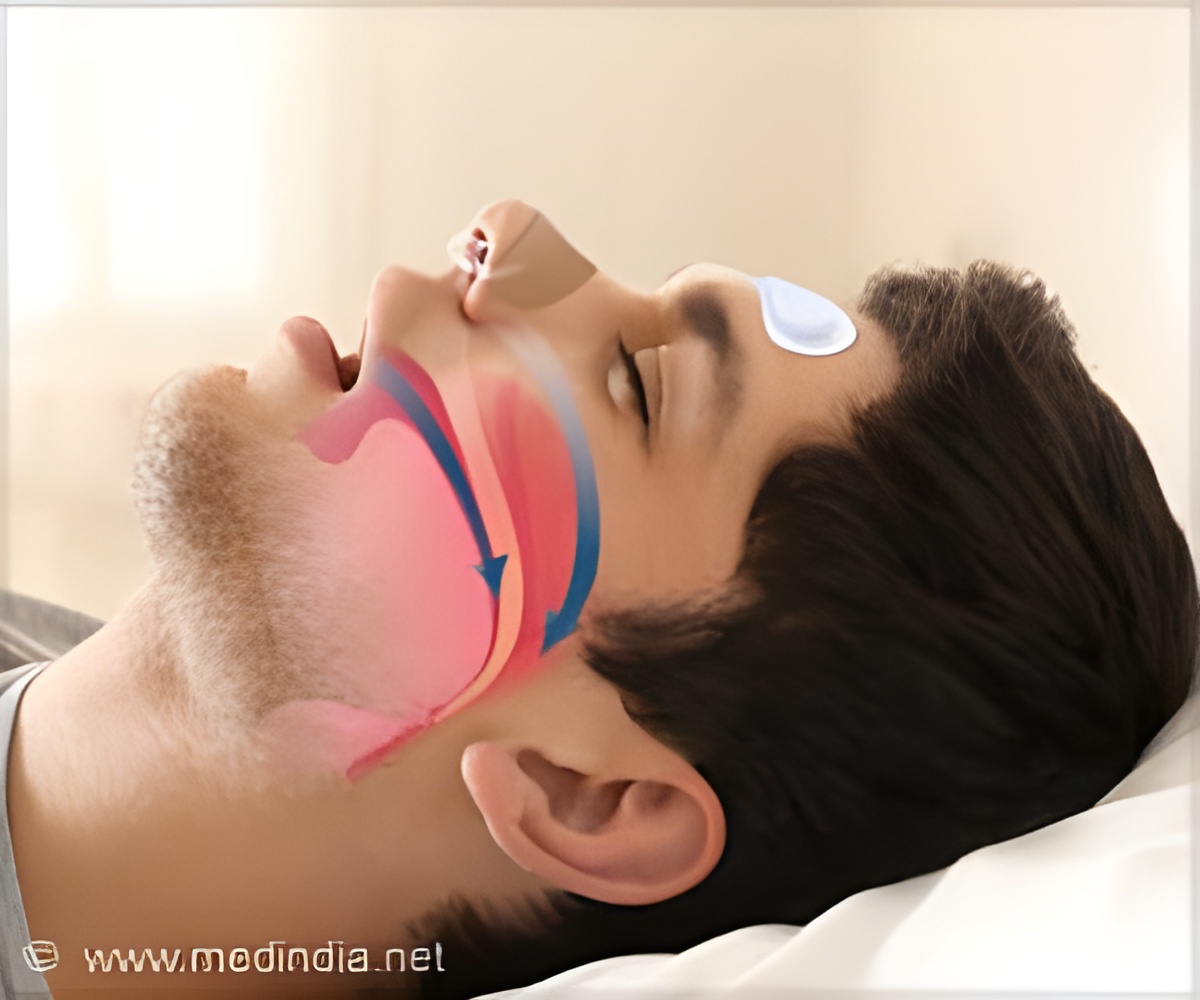
FAIR Health’s study was based on data from its database of over 25 billion privately billed healthcare claims, the nation’s largest repository of private healthcare claim records. The study is particularly timely in light of the recent finding by the National Transportation Safety Board that engineer fatigue resulting from sleep apnea caused a Long Island Rail Road crash in Brooklyn and a New Jersey Transit train crash in Hoboken, New Jersey, the latter of which killed one person.
Other findings from FAIR Health’s study:
- Males are much more likely than females to be diagnosed with sleep apnea. In the period 2016-2017, males accounted for 65 percent of sleep apnea claim lines, females 35 percent.
- The age group 51 to 60 years accounted for 31 percent of sleep apnea claim lines--the largest share of eight age groups studied. Patients 61 to 70 years old represented 23 percent of claim lines, while those 41 to 50 years old accounted for 20 percent.
- In 2017, the states with the most sleep apnea claim lines as a percent of all medical claim lines by state were (ranked from most to least) Maryland, Idaho, Utah, Arkansas and Iowa. The states with the lowest proportion of sleep apnea claim lines were (from least to most) New Hampshire, Minnesota, Massachusetts, Vermont and Hawaii.
- In 2016-2017, the most common diagnoses associated with sleep apnea on claim lines were diabetes, hypertension, respiratory and chest symptoms, dorsalgia, high cholesterol, general fatigue, joint pain and cardiac dysrhythmias.
- The three most common (and costly) devices associated with sleep apnea diagnoses were (ranked from most to least): continuous positive airway pressure (CPAP) devices, disposable filters used with positive airway pressure devices and headgear used with positive airway pressure devices.
Source-Eurekalert

